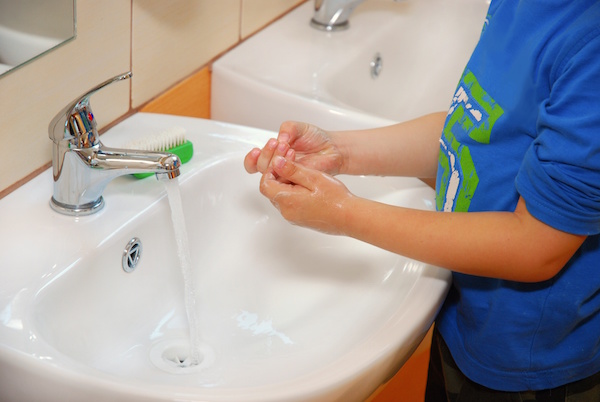
THURSDAY, Dec. 22 (HealthDay News) — Some toys at the top of children’s Christmas wish lists could pose a hearing threat, according to researchers.
They measured the noise levels of 24 popular toys and bought the 10 loudest to test in a soundproof booth. All 10 toys exceeded 90 decibels and several reached 100 decibels or more, which is about equal to the noise of a power mower, chain saw or subway train.
Extended, unprotected exposure to sounds above 85 decibels can lead to hearing damage, according to the American Academy of Otolaryngology.
“Generally, toys are safe if used properly,” Dr. Hamid Djalilian, an associate professor of otolaryngology and director of neurotology and skull base surgery at the University of California, Irvine, said in a university news release. “We tested the sound levels at the speaker and again at 12 inches, which is about the length of a toddler’s arm.”
Hearing problems may occur if a noisy toy is held too close to the ears, they found.
“Children are very sensitive to loud and high-pitched sounds. Unfortunately, hearing loss from noise damage is permanent and not currently curable,” Djalilian said.
If you’re buying a noisy toy for a child, pay attention to location of the speaker. It’s better if the speaker is on the underside of the toy instead of on top. Djalilian also suggested you hold the toy as a child would and listen to the sound.
“If it hurts your ears then it’s probably too loud for a child,” he said.
Here is a list from the release of the toys tested and the decibel levels at the speaker and 12 inches from the speaker:
- Road Rippers Lightning Rods: 108 / 68
- I Am T-Pain microphone: 101 / 64
- Tonka Mighty Motorized Fire Engine: 100 / 69
- Marvel Super Shield Captain America: 98 / 69
- Whac-A-Mole game: 95 / 69
- Tapz electronic reflex game: 95 / 65
- Sesame Street Let’s Rock Elmo: 95 / 74
- VTech Magical Learning Wand: 94 / 69
- VTech Magical Learning Wand: 93 / 60
- Green Lantern Colossal Cannon: 92 / 67
More information
The U.S. National Institute of Deafness and Other Communications Disorders has more about protecting children’s hearing.

